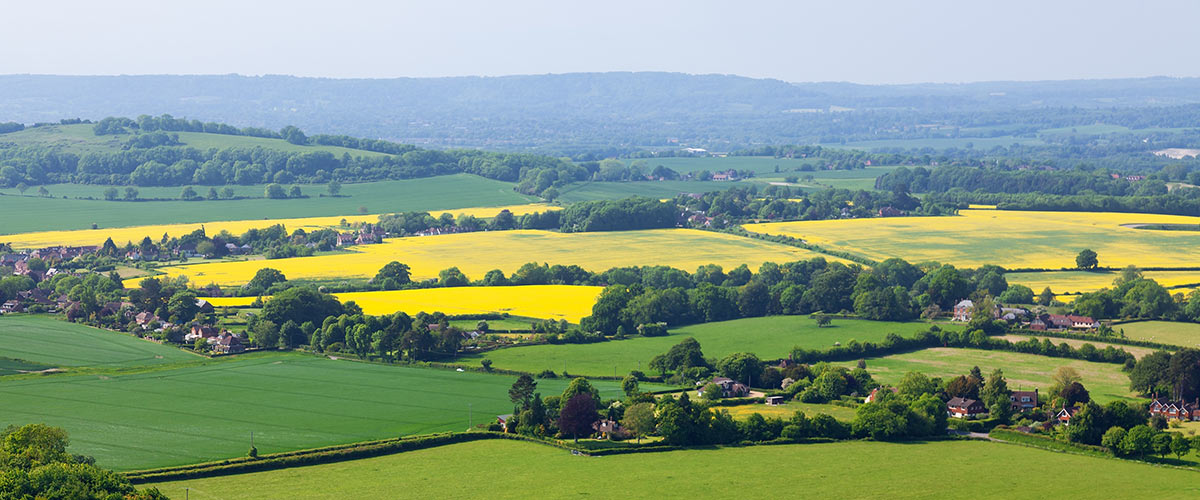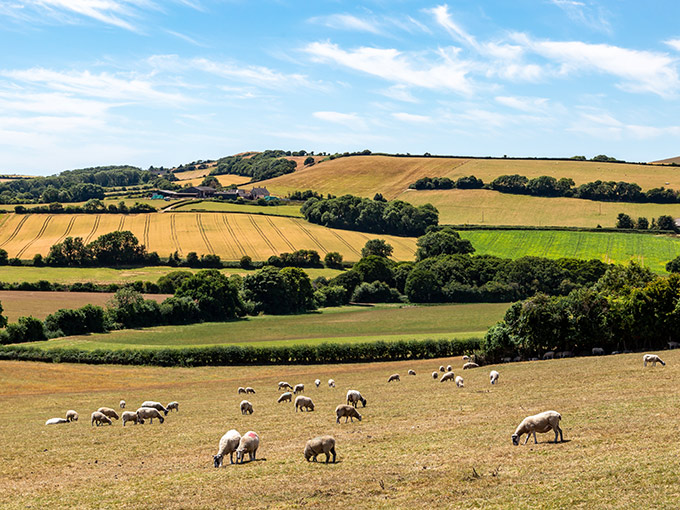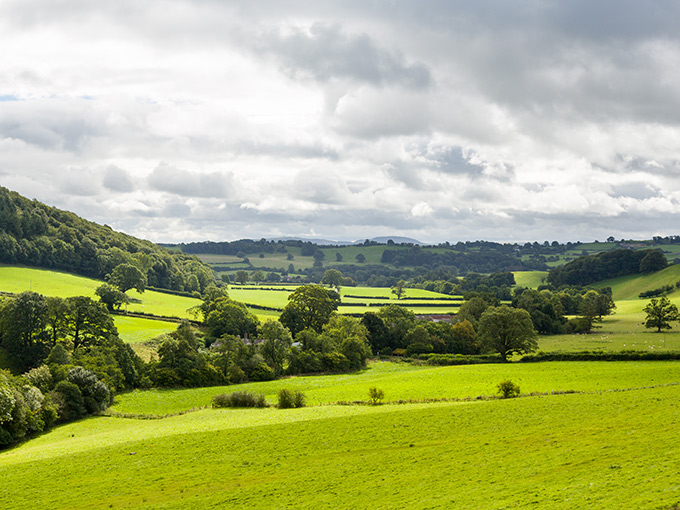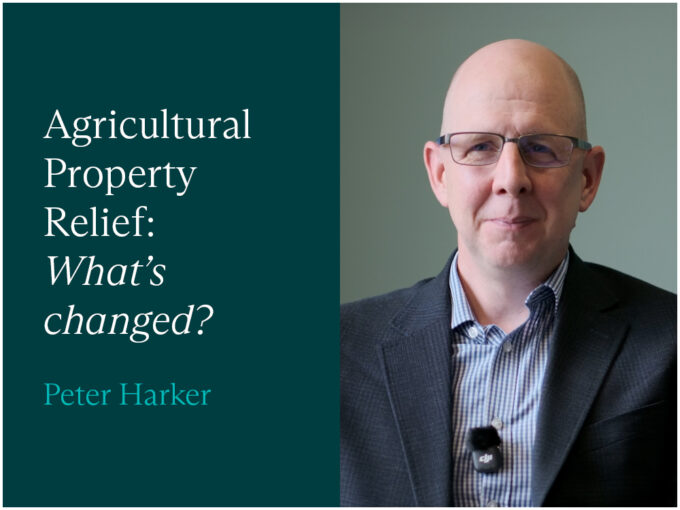Today’s economic climate is more challenging than ever for landowners in the UK. Impending inheritance tax (IHT) changes will result in many landowners facing increased tax liabilities, without the liquidity to fund the payments.
Discussions around succession, cashflow and sale of assets are high on the agenda of today’s landowners. For many, now is the time for a full review of assets held, involving a rationalisation exercise of which assets are ‘core’ in their 2025 estate and are therefore off the table when considering asset disposals.
Traditionally, geography played a large factor in core versus non-core assets on a rural landed estate. However, with a diverse demand for land use in today’s landscape, location is only one consideration.
Core vs non-core assets
When considering rationalisation of assets, it’s essential to have a clear understanding of what is meant by ‘core’ and ‘non-core’ assets.
Core assets are those that are considered essential to the future of the estate, either through their importance to pass on to the next generation due to the value of their heritage, their potential to generate higher income yields or their strategical importance in terms of location and infrastructure.
Non-core assets, by definition, are those that are not considered essential to the future of the estate and which could be disposed or put to alternative use to better meet the core strategic aims of the estate.
What should the modern landowner consider when rationalising assets?
No one factor can be considered in isolation when performing a review of assets. The main areas of consideration include:
Financial
It’s imperative to have strong financial records and forecasts with a deep understanding of the income generation and potential of assets held. Having a solid understanding of the current and future income levels of assets will give an indication of the cashflow impact of any potential disposal.
Not only is it key to understand the future earning potential of assets within the estate, so too is it important to grasp the tax implications of their potential disposal.
Whilst capital gains tax (CGT) is a key tax consideration, the ownership structure in the modern estate can be complex. Disposal of assets could result in hidden VAT, Stamp Duty Land Tax (SDLT) and IHT charges in certain circumstances. It’s therefore crucial to involve your advisers, both financial and legal, at early stages in the discussion.
Sentimental
Landowners typically see themselves as stewards of the estate, safeguarding assets passed down through future generations. As such, there is a balance between sound financial decisions against those less tangible factors, such as emotional connection and familial obligations.
Potential
The demand for land has never been higher, with the requirement for food security, residential property, renewable energy and natural capital all fighting for limited resources. Indeed, the demand is so high, Defra conducted a consultation earlier in the year calling for stakeholders’ input prior to implementation of a Land Use Framework.
As such, landowners need to be keenly aware of changes in the sectors impacting the use of their assets and how this may influence financial forecasts and decision making. Not only should landowners base their decisions on what we now know, but also on what may become relevant further down the line. Horizon scanning and having their ‘finger on the pulse’ is vital. Establishing strong working relationships with forward thinking advisers will be instrumental in any asset rationalisation project.
Legal obligations
Not only do landowners need to satisfy themselves of the financial implications of any assets they could potentially dispose as non-core to the estate, they need to ensure they have the legal right to do so. Natural capital projects such as Biodiversity Net Gain (BNG) units, will tie land up for a number of years, limiting its use for other endeavours, and also potentially its disposal. Landowners should ensure they have a good understanding of any legal ramifications of disposal of land, including details of any agreements they, or their predecessors, may have entered into.
Red tape
Whilst assets may generate a steady income, such as residential property lets, there comes an administrative burden to owning and running the asset base. The impending Renters Rights Bill is just one example of why it’s becoming more costly, time consuming and uncertain to own certain types of assets. Consideration must be given to the appetite and expense of dealing with the individual assets and how that balances against their potential income generation.
What to do with non-core assets?
The most obvious route for non-core assets is their immediate disposal, to realise capital which can be reinvested into the estate. However, there is the potential for assets to be used in a number of different ways.
The availability of environmental schemes, such as carbon credits, woodland regeneration and BNG credits means that land that may not have been viable as agricultural or development land could have new value.
Advice from industry experts and thinking ‘outside the box’ could be key to unlocking potential in non-core assets.
Next steps
Being a landowner is not a passive occupation. To achieve the most from their assets, landowners should be proactive. Implementing regular reviews of their asset base, in conjunction with advisers will help to ensure a solid strategic framework from which to make decisions.
For any queries relating to the areas discussed, please get in touch with Erica White.










